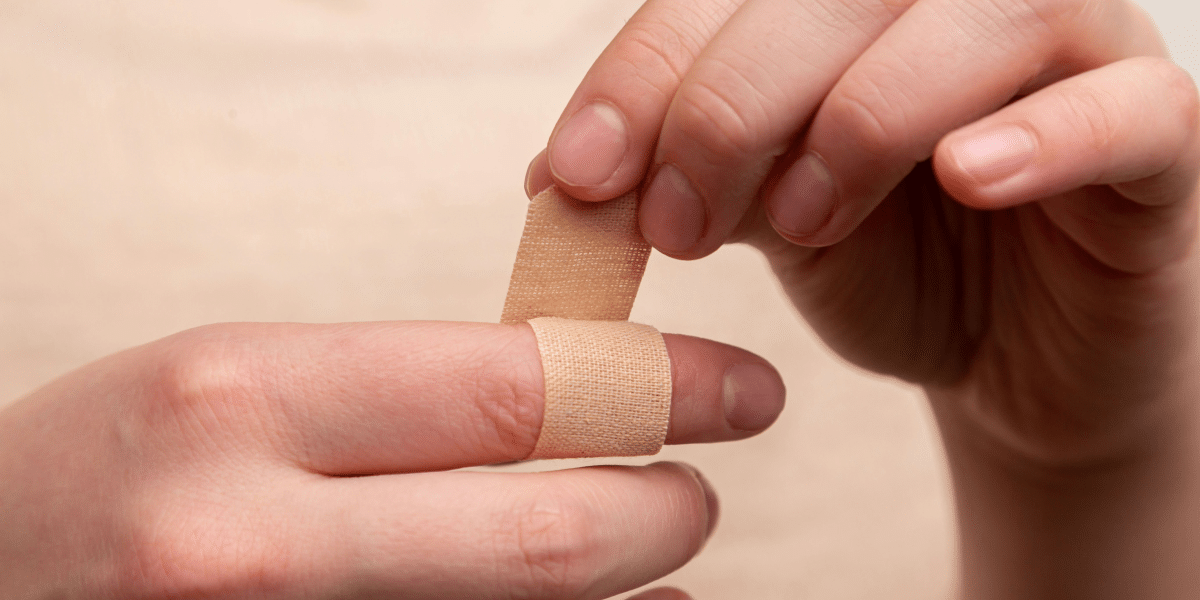In this article, we’ll explore how habits are formed in the brain, the role of neural pathways, and how you can use this knowledge to reinforce positive habits.
How Are Habits Formed in the Brain?
The process of forming a habit involves a cycle known as the habit loop, which consists of three key components: the cue, the routine, and the reward. Neuroscience research shows that this loop plays a crucial role in shaping our behaviors, particularly in how the brain responds to repetition. When you repeatedly perform an action in response to a certain cue, your brain starts to anticipate the reward that comes from it, reinforcing the habit over time.
The cue is the trigger that initiates the behavior. It could be something as simple as seeing a certain time on the clock or feeling hungry. The brain takes note of these cues, and after enough repetition, the habit becomes automatic. For example, if you always brush your teeth after breakfast, the act of finishing breakfast becomes the cue for your brain to prompt you to brush your teeth.
Next comes the routine, which is the action or behavior you perform. This routine, repeated frequently enough, starts to create neural pathways in the brain. These pathways allow the behavior to become a habit. Initially, performing the action requires conscious effort and decision-making, but over time, the brain transitions to an automated response, making it easier to execute the routine with little thought.
Finally, the reward is the outcome that reinforces the habit. The brain craves rewards because they release dopamine, a neurotransmitter that plays a major role in how we feel pleasure. When the brain receives this chemical feedback, it strengthens the neural pathway for that behavior, making it more likely to be repeated in the future. This cycle of cue, routine, and reward explains why habits can be difficult to break once they are established—especially if they provide a significant reward, such as relaxation after a stressful day.
What Role Do Neural Pathways Play in Habit Formation?
Neural pathways are the brain’s way of efficiently processing information. When a habit is being formed, the brain actively creates these pathways, which act like highways for transmitting signals. The more frequently a behavior is repeated, the stronger and more defined the pathway becomes. In other words, the brain becomes better at performing the habit, requiring less conscious effort each time.
One of the key regions of the brain involved in this process is the basal ganglia, which plays a central role in habit formation and motor control. Studies have shown that the basal ganglia are highly active when habits are being formed. As behaviors are repeated, the brain shifts control of the action from the prefrontal cortex, which is responsible for decision-making, to the basal ganglia. This shift is what allows habits to become automatic over time.
Once a neural pathway is established, it becomes difficult to change. This is why bad habits, such as smoking or unhealthy eating, are so hard to break. The neural pathways for those habits are strong, and the brain has become accustomed to following them. However, this same mechanism can be used to your advantage when trying to develop positive habits. By consistently performing a new behavior, you can gradually build a new neural pathway that overrides the old one.
It’s important to note that while habits can be difficult to change, the brain is neuroplastic, meaning it has the ability to form new connections and pathways throughout life. This concept, known as neuroplasticity, offers hope for those looking to break negative habits and replace them with healthier alternatives. Through consistent effort and repetition, the brain can rewire itself to prioritize the new behavior, allowing the positive habit to become the dominant one.
How Can You Use Neuroscience to Reinforce Positive Habits?
Understanding the neuroscience of habits provides valuable insight into how you can create and maintain positive behaviors in your own life. One effective strategy is to start by focusing on small, manageable habits. The brain responds well to incremental changes, and trying to tackle too many new habits at once can overwhelm the neural pathways needed to reinforce them. Begin with a simple habit, such as drinking a glass of water every morning, and build from there.
Another key to habit formation is consistency. Because habits are formed through repetition, it’s essential to perform the new behavior regularly, even when motivation is low. Research suggests that it takes anywhere from 21 to 66 days to form a new habit, depending on the complexity of the behavior and the individual. The more frequently you perform the behavior, the stronger the neural pathway becomes, making it easier to maintain the habit over time.
Creating a reward system can also help strengthen positive habits. The brain’s reward system is deeply tied to habit formation, so providing yourself with a reward after completing the behavior will encourage the brain to continue reinforcing the neural pathway. For example, after completing a workout, you could treat yourself to a healthy snack or a few minutes of relaxation. Over time, your brain will begin to associate the reward with the positive habit, making it more enjoyable and easier to repeat.
Finally, it’s important to identify the cues that trigger your habits. Whether you’re trying to build a new habit or break an old one, understanding what triggers the behavior is crucial. By becoming aware of these cues, you can either adjust your environment to support the new habit or eliminate triggers that lead to negative behaviors. For instance, if you want to establish a habit of reading every night, placing a book on your bedside table can serve as a visual cue that prompts you to engage in the habit.
The neuroscience of habits reveals that our brains are wired to form habits through repetition and reward. By understanding how neural pathways are created and reinforced, you can develop strategies to build positive habits and break free from unwanted behaviors. Whether it’s starting small, staying consistent, or creating rewarding experiences, you have the tools to leverage your brain’s natural habit-forming abilities to your advantage.
With patience and persistence, you can transform your behaviors, creating healthier and more productive habits that last a lifetime. By working with your brain, rather than against it, habit formation becomes a powerful tool for self-improvement.




